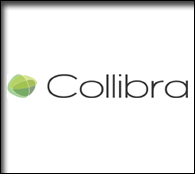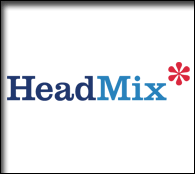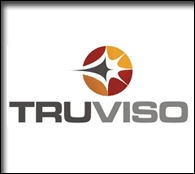The link, the subscribe and the open follow
by Eric Norlin on Jul.25, 2009, under Uncategorized
In case you haven’t heard, the Associated Press appears to be committing hari-kari under the guise of a “business model.” It would seem (from what I’ve been reading) that they want to require a license with them simply to quote a headline *or* link to a piece of their work. Obviously, they’re trying to go after Google and other aggregators. The move is monumentally stupid, and really does seem to mark one of those moments in history when we look back and say, “oh yea - that was the moment that marked the whole downfall of the newspaper business.” But that’s not what I’m thinking about this morning…
What I’m thinking about is the link, the subscribe and the open follow.
If you think about the “power” (opportunity?) of the internet not in technical terms, but in conceptual ones, then I’d argue that there are three (maybe 4) conceptual pieces that have really advanced the opportunity of the web.
The link: The mother of all internet opportunity is the link (hypertext). Conceptually, the link is like nothing before it - though I’m sure that if Johannes Guttenberg had been able to conceive of it, he would’ve loved it. The link brings a level of inter-connectedness to the pages, thinking, concepts, sites on the web that makes it foundational. There is no “internet community forming” without the link; it’d just be a huge compilation of separated writings.
The subscribe: I originally thought this might be called “the post” (with the advent of blogging tools), but conceptually, you could always “post” to the internet, it was just a matter of how high the technical hurdle was. The real conceptual addition was the subscribe. Suddenly, the internet went from static but interconnected pages to a semi-dynamic world wherein the “pages” came to you. The subscribe did not get us to “real-time,” but it did remove the necessity of “place” (ie, “go” to a web page).
The open follow: I first heard “the open follow” discussed by Mitch Kapor at Gluecon. That may not be the first time it was mentioned, and Twitter may not be the first place it happened, but that’s not the point. The concept of the “open follow” on Twitter — ie, that you can follow people you don’t know or that don’t follow you back is HUGELY important (I’d argue). Granted, I may be missing a small intermediary concept in here (that moved us to near real-time webby stuff), but I don’t think the “real time” aspect is nearly as important (because you’ll never ACTUALLY achieve real-time), as the open follow. The open follow doesn’t require any pre-existing relationship. And really, that’s what made email explode (it was an early pre-cursor to open follow, as you could email someone without actually knowing them).
Those three concepts pretty neatly outline three “epochs” or eras on the internet. The link is the web of pages. The subscribe is the “live” web. And the open follow is the (for lack of a better term) “real-time” or interactive web. All three contribute a foundational concept to building the internet. All three open up HUGE spaces for entrepreneurial innovation. All three lead to completely unforeseen possibilities.
Meanwhile, the AP withers…









